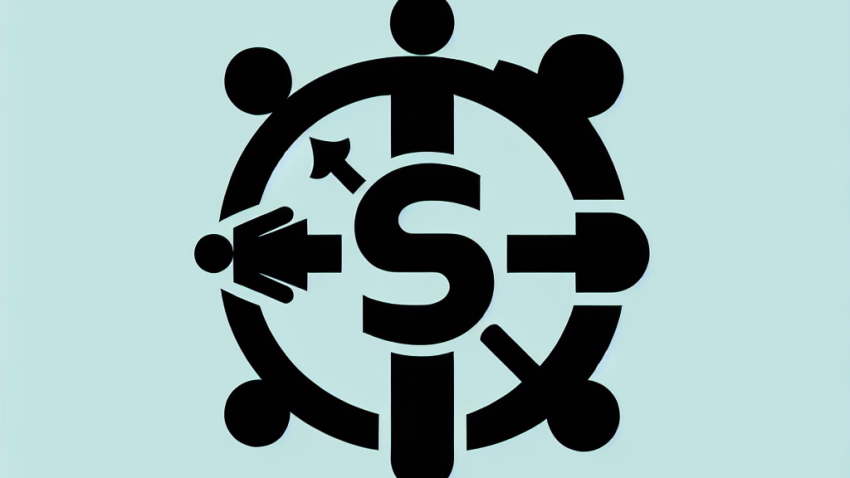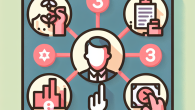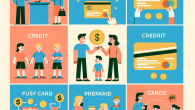
What the Heck Is an ISA, and Why Should I Care?
How to Budget: A Beginner’s Guide to Taking Control of Your Finances
If you’re reading this, chances are you’ve looked at your bank account recently and said something like, “Wait, I had money… didn’t I?” No judgment here—I’ve been there, done that, and bought the insufficient funds fee. Budgeting might sound like a boring chore for spreadsheet nerds, but trust me, it’s your secret weapon to stop stressing about money and start making it work for you.
Hi, I’m Thomas “Tom” Bradley, financial coach, caffeine addict, and your no-nonsense guide through the basics of money. Today, I’m going to walk you through the mystery that is budgeting—what it really is, why it actually works, and how you can start one today without crying.
What Even Is a Budget, Really?
A budget is not a prison. It’s not handcuffs for your paycheck. Think of it more like Google Maps for your money—it tells your dollars where to go so they don’t get lost buying sushi you can’t afford. Budgets help you spend with purpose, save with consistency, and sleep without worrying if your card will decline at the grocery store.
Okay, but why does budgeting matter?
- It gives you control. Ain’t nothing worse than feeling like your money disappears the moment it arrives. Budgeting tells it what to do.
- It reduces financial anxiety. Knowing you’ve got a plan feels 100x better than guessing and hoping for the best.
- It helps you reach goals faster. Whether it’s buying a car, getting out of debt, or just enjoying a vacation guilt-free—budgeting makes it possible.
Step 1: Know Where Your Money Goes
Before we start organizing your money, we need to figure out where it’s currently running off to. This is usually the part where people discover they spend $200 a month on apps they forgot they subscribed to. Oops.
Track your expenses for a month
There are fancy apps like Mint or YNAB, or you can just grab a notebook and go old-school. Write down every single purchase, from rent to that $6 latte you swear tastes better than homemade coffee (it doesn’t, by the way).
After 30 days, you’ll have a clear picture of your spending habits. You’ll probably learn a few things—like how much you really spend on food delivery or how those “just one quick stop” Target runs add up.
Step 2: Calculate Your Income
This is the easy part. Write down how much money you bring in every month. If you’re salaried, great—you’ve got a consistent number to work with. If you freelance or have irregular income, you’ll want to look at your average monthly take-home pay from the last 3–6 months.
Only count your net income—what hits your bank account after taxes and deductions. We’re budgeting actual dollars, not wishful thinking.
Step 3: Choose a Budgeting Method That Works for You
There’s no one-size-fits-all magic formula (sorry), but here are a few classic approaches:
1. The 50/30/20 Rule
- 50% Needs: Rent, groceries, basic bills
- 30% Wants: Meals out, trips, Disney+ (yes, it’s a want)
- 20% Savings/Debt: Emergency fund, investments, paying down loans
This is great for beginners because it’s simple and flexible. But some folks need more structure.
2. Zero-Based Budget
With this method, every dollar gets a job. That means your income minus your expenses, savings, and debt payments equals zero. It’s perfect for detail-oriented people and budgeting nerds (embrace it!).
3. Envelope System (or its digital cousin)
The old-school way was to keep physical cash for categories like groceries, gas, fun… and when the envelope’s empty, you stop spending. These days, apps like Goodbudget or digital banking tools let you replicate this approach without carrying around stacks of bills.
Step 4: Build Your First Budget
Time to put the pieces together. Open up a blank spreadsheet or use a budget app and plug in:
- Your income total
- Your fixed expenses (same every month): Rent, subscriptions, insurance
- Your variable expenses (changes monthly): Food, gas, entertainment
- Savings goals
- Debt payments
Bonus Tip: Automate everything you can. Set up auto-savings, automatic bill pay—it’s like your money is doing chores for you while you binge Netflix.
Step 5: Review and Adjust Every Month
Even the best budget isn’t “set it and forget it.” Life happens—emergencies, weddings, surprise vet bills because your dog ate the TV remote (again). Each month, look over your budget and adjust as needed.
If something consistently goes over budget (like your grocery bill), be honest and increase the amount rather than pretending next month will somehow be different. Spoiler alert: It won’t.
Common Budgeting Mistakes to Avoid
- Being too rigid: Budgets should breathe. Leave wiggle room for life.
- Forgetting fun: You’re human, not a financial robot. Budget joy—just do it responsibly.
- Comparing yourself to others: Their finances are not your finances. Stay in your lane!
Don’t Do It Alone—Find Support
Budgeting can feel overwhelming at first, especially if money hasn’t been your BFF in the past. Good news? You’ve got allies. Join finance communities, follow solid financial educators, or even tag along with us here at FinanceOne.
We’re here to break things down without making you feel like you need a PhD in economics just to understand your checking account. Check out our About Us page to learn more about our mission, or get in touch if you’ve got burning budgeting questions via our Contact Us form.
Final Thoughts from Tom: Budgeting Won’t Change Your Life Overnight—But It Will Change It
When I first started budgeting, I was like a financial toddler—stumbling, unsure, occasionally making a mess. Now? I’m the guy who helps people stop living paycheck to paycheck and start living purposefully. And it begins with one thing: a plan for your money.
This isn’t about being perfect. It’s about being prepared. You got this, and if you mess up? Adjust, refocus, and keep going. Future You will thank you.








Leave a Reply